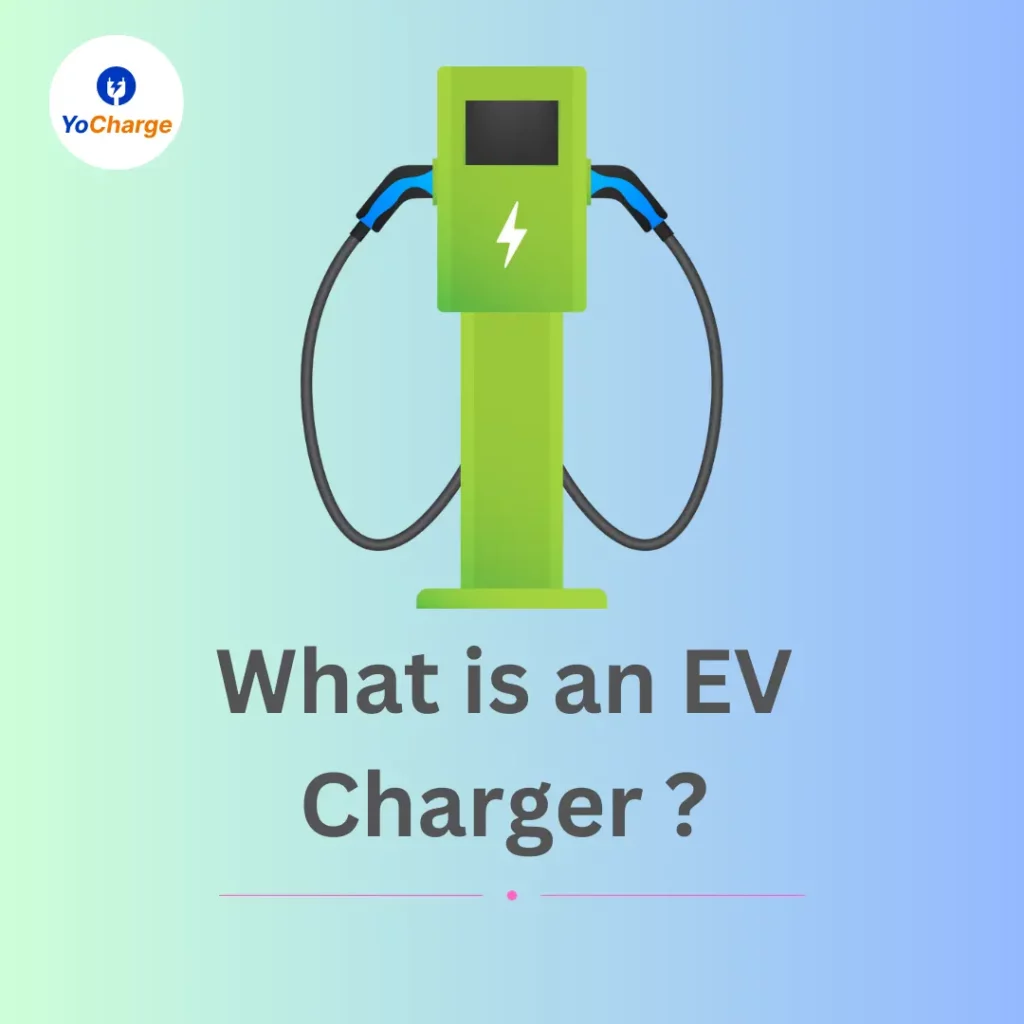Battery management systems (BMS) are electronic control circuits that monitor and regulate how batteries charge and discharge. The main role of battery management system includes detection of battery type, voltages, temperature, capacity, state of charge, power consumption, remaining operational time, charging cycles, and other parameters in electric vehicles.
The BMS must communicate with a variety of different on-board systems, work in real time in quickly changing charge/discharge circumstances as the vehicle accelerates and brakes, and operate in severe and uncontrolled settings.

The main functions of Battery Management System includes:
1. Battery Monitoring and safety
Electric vehicles operates on high voltage battery packs. Hence, we need to ensure the safe operation of these batteries. The BMS monitors parameters such as temperature, input and output current, voltage across the battery packs to ensure the safe operation of the battery. The current flowing towards the battery pack is monitored to avoid over-charging.
To prevent the user from getting an electric shock, BMS ensure the vehicle frame is completely isolated from the high voltage battery. It also makes sure the voltage across the battery is not under-charged (discharging). The role of battery management system also lies in the computation of State of Health (SoH), that indicates the remaining capacity of the battery.
The determination of SoH helps in analyzing the whether the present battery conditions could satisfy the requirements and estimating the lifetime of the battery. The electronic system’s action can be physical like an emergency battery shutdown or informative like reporting trouble to the user.
2. Thermal Management
BMS continuously monitors the temperature and performs the function of thermal management. It measures the parameters like average temperature, coolant intake temperature, coolant output temperature and temperatures of individual cells. This is done to avoid the over-heating of the battery. BMS triggers several cooling mechanisms whenever the battery is over-heated.
For instance, when the BMS senses an increase in temperature, the output power is automatically reduced. Hence, power dissipation is reduced. The cooling medium in thermal management systems can be either air or liquid. Air cooling systems depend on either the convection of surrounding air or the airflow of the fans. But, air cooling systems are considered to be inefficient and additional cooling mechanisms increases the weight of the BMS.
In the case of liquid cooling systems, the battery is either submerged in the coolant or the coolant can directly flow through the battery without contacting the battery. Liquid cooling systems are considered to be more efficient than air cooling systems. This is because liquid has better thermal conductivity than air.
3. Battery Balancing
BMS measures the State of Charge (SOC), that is used to indicate the charge level of the battery. Lithium-ion batteries gives the best performance when the SOC is maintained between the maximum and minimum charge limits. BMS helps in optimizing the battery performance. BMS communicates with the motor controller to avoid the cell voltages to reach a low value, while discharging.
After each cycle of charging of discharging, potential differences are developed on each cells. These differences are amplified with time. As a matter of fact, this reduces the energy derived from the battery. Therefore, cell balancing is performed to maintain the individual cells at equal voltage levels. This battery equalization helps in increasing the battery utilization and capacity.
The role of battery management system is to measure the individual cell voltages and calculate their relative differences. This difference is a measure of amount of equalization needed. Firstly, it is achieved by the BMS by draining the excess charge in a cell that are more charged that the other cells, by connecting them to other loads(passive regulators). Secondly, by shuffling the energy from the cells that are highly charged to the ones that are least charged (balancers). Finally, by reducing the current flow to highly charged cells and continue to charge the least charged ones.

Comparison of Electric cars in India- Battery capacity and range | EV Charging Software | White Label EV Charging Software
Related articles
4. Communication
BMS can communicate with the Electronic Control Unit (ECUs) of the vehicle. The central controller of the BMS communicates internal hardware at cell well, or with other external hardware. It transfers the information about the battery parameters to the motor controller for the smooth functioning of the vehicle. BMS is responsible for communicating with the on-board charger. In this way, it monitors and controls the charging of the battery.
High level external communication can use several methods such as serial communications, CAN bus communications and wireless communications. In the case of DC charging, BMS sends instructions directly to the EVSE to control the charging process.
5. Energy Recovery
Another function of BMS includes recharging the battery using the energy derived from regenerative braking. This energy is obtained when the excess kinetic energy is converted back into chemical energy or any other form. Further this energy is used to recharge the battery. The energy is transferred to the battery pack by the BMS.


